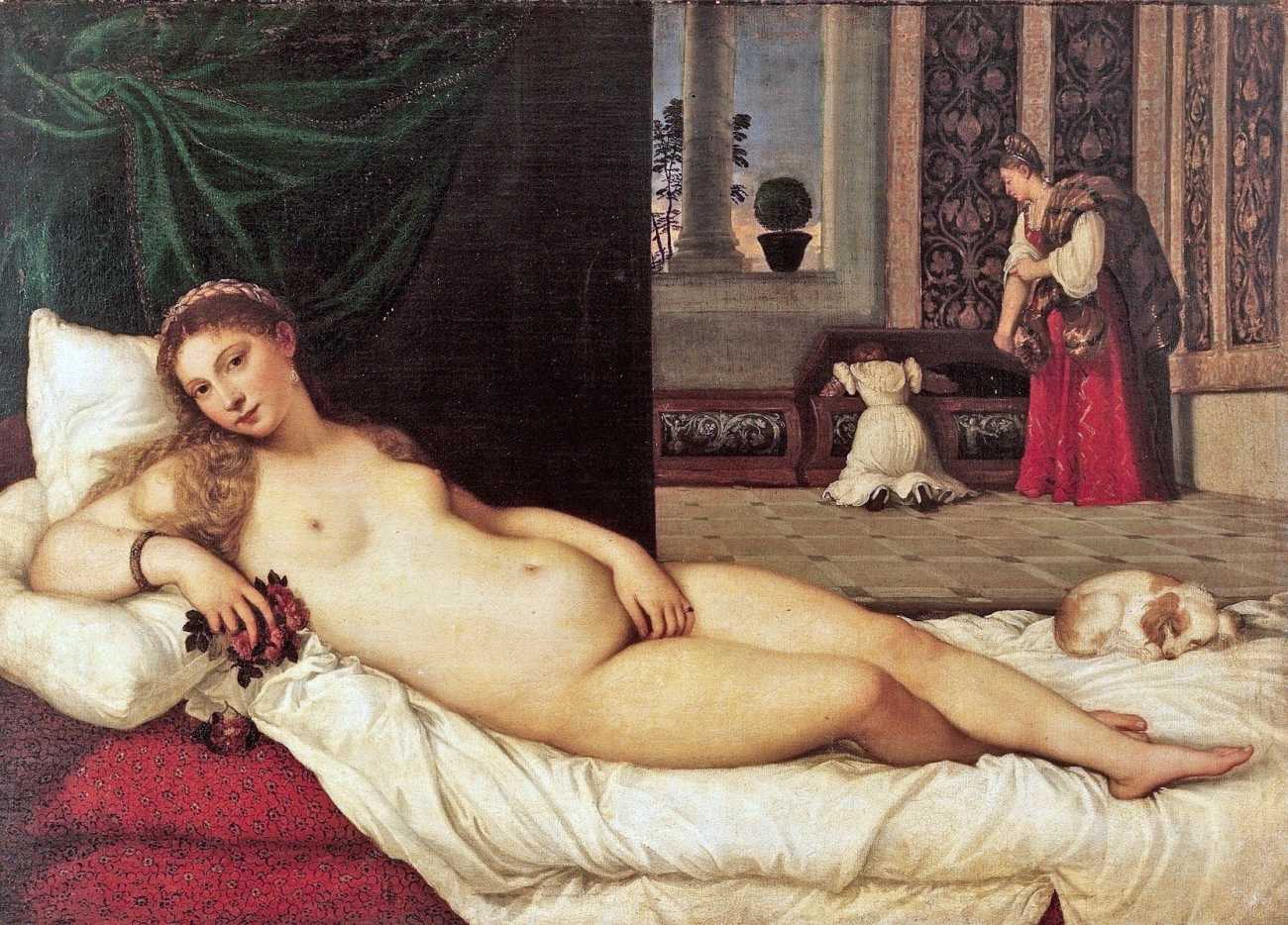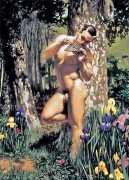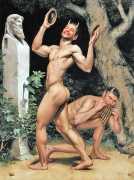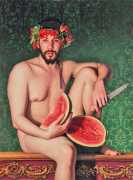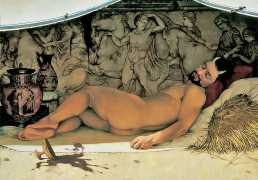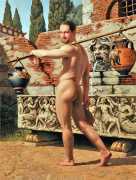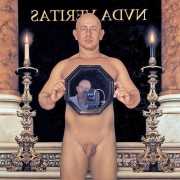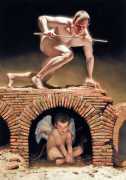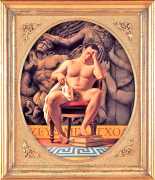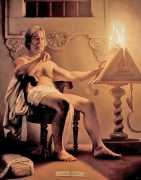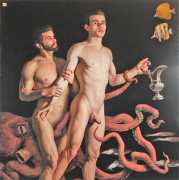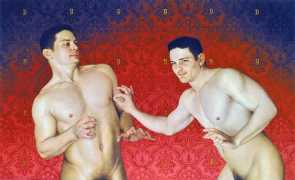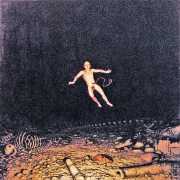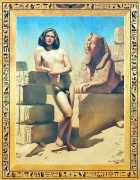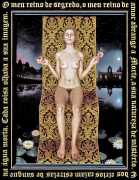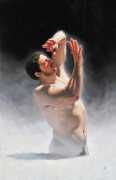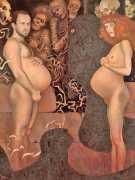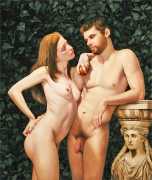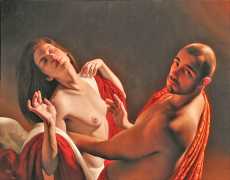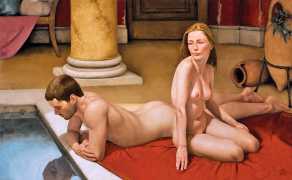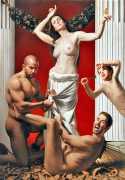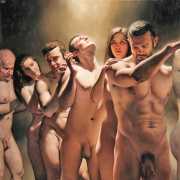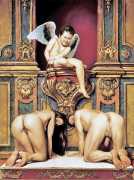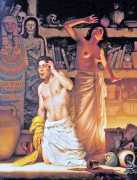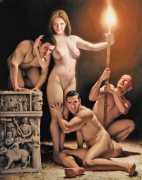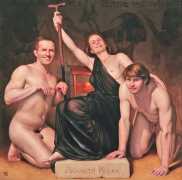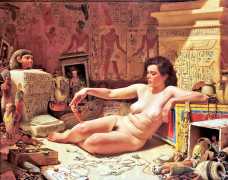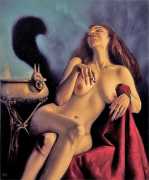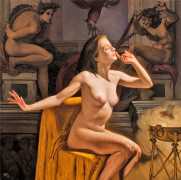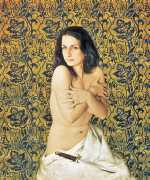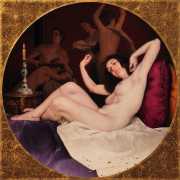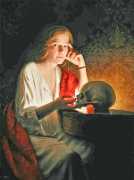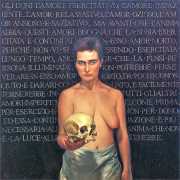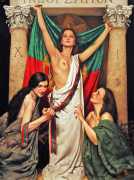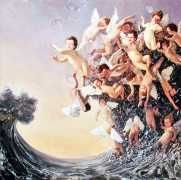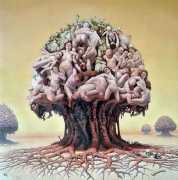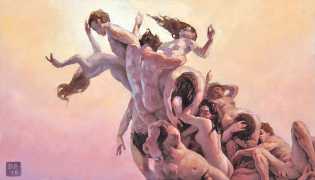
Possollo likes to see his creations as ‘mythologies’, ways to help explain where people came from, how our civilisation has developed, and why things happen as they do. Mythologies deal with the often complex aspects of the human condition – good and evil, the meaning of suffering, cultural values and traditions, the meaning of life and death. Mythologies express our deepest beliefs and values, and Possollo freely uses imagery from Greek, Roman, Egyptian and Eastern traditions to explore the human condition.
He is not afraid to highlight the naked human body in all its glory, ‘sacred, valuable and symbolic’.
In February 2017 Luís Herberto, in an article entitled ‘Barahona Possollo: The Soft-porn Contradiction’, wrote:
The fusion between art and the explicit representation of sex is controversial, as it allows for a diversity of possible readings arising from the social and moral constructions defined by and reflected in our culture. We appear to be witnessing a slow progression towards the acceptance of art which was formerly classified firmly as pornography, and primarily for private consumption, into the world of public art, more firmly established within the contemporary cultural landscape.
It is important to understand that cultural and political processes influence the visual culture in the artistic representation of explicit sex. In Possollo’s paintings there is a constant porno-erotic provocation, making interpretations more directed towards queer space, not only resulting from public exposure, but also because there is a constant feedback from an involved audience. This queer space allows the artist to operate within a heterosexual normative framework without needing to resort to more explicit campaigning for queer acceptance.
His is a painting of seduction that holds a hedonistic charge, yet which distances itself from the obscene reading attributed to pornographic images precisely because of its classical and relatively acceptable artistic style. This allows the content to be shown without restriction, creating a ‘sexualisation of culture’ that insists on maintaining its status of real art.
As Possollo has often said, ‘Classical culture is an endless source of content and form for me, and I am completely surrendered to this universe, complemented by a very strong interest in Egyptian antiquity and Eastern ideas and themes, especially Buddhism.’ He points out that the well-known artists in whose style he works were also controversial in their time, including Sandro Botticelli’s Birth of Venus, Jacopo Caraglio’s Amori Degli, and Titian’s iconic Venus of Urbino.
